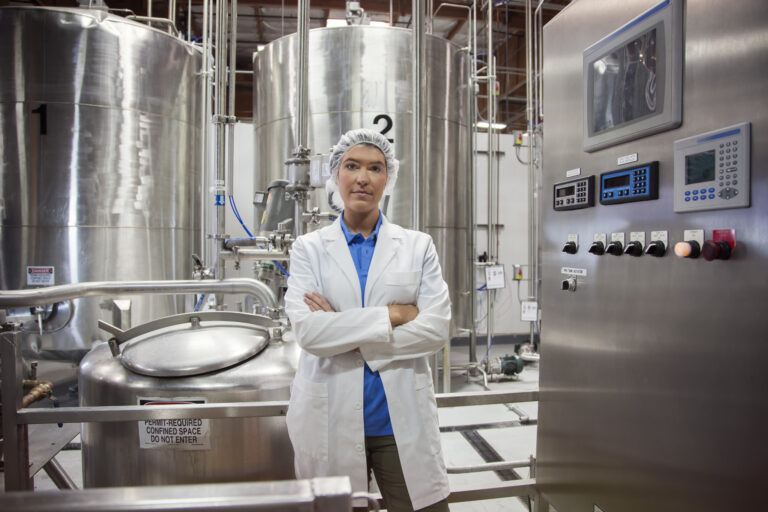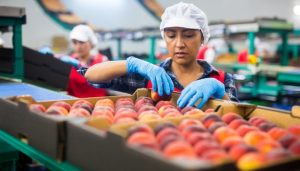Food production has traditionally relied on manual processes, but with rising demand, stricter regulations, and the need for consistency, automation is taking over. The question is: Is manual processing still viable, or is automation with a Plant Control System (PCS) the best choice?
Manual Food Processing: The Old-School Approach
Pros:
· Ideal for artisan and small-batch production – Allows manufacturers to maintain traditional methods and unique product qualities.
· Lower initial investment – Requires less upfront spending on automation technology.
· Hands-on control – Provides greater flexibility and customization for specialty products.
Cons:
· High risk of human error – Can lead to inconsistencies in quality and production output.
· Labor-intensive and costly – Requires more manual work, making it expensive, especially during labor shortages.
· Difficult to scale – Expanding production means increasing the workforce, which adds to costs and complexity.
· Greater contamination risks – More human contact with food increases the likelihood of contamination and food safety issues.
Automated Food Processing with PCS: The Future of Production
Pros:
· Ensures consistency – Automates ingredient control and production processes, maintaining uniform quality.
· Reduces costs – Lowers expenses by minimizing labor needs and reducing food waste.
· Increases production speed – Meets high consumer demand by streamlining operations.
· Improves food safety – Limits human contact with food and enables real-time tracking of processing conditions.
Cons:
· Requires initial investment – Implementation of PCS technology comes with upfront costs.
· Needs technical expertise – Setup and maintenance may require skilled professionals.
The Verdict: Why PCS Wins
For small-scale, specialty food producers, manual methods may still be viable, allowing for flexibility and hands-on craftsmanship. However, for large-scale manufacturers, PCS-driven automation is the clear winner, offering superior efficiency, quality control, and food safety while reducing costs and production risks.
As the food industry evolves, automation is becoming the gold standard. With a Plant Control System, food manufacturers can achieve higher output, better quality, and lower costs, making automation the best choice for a competitive edge.





